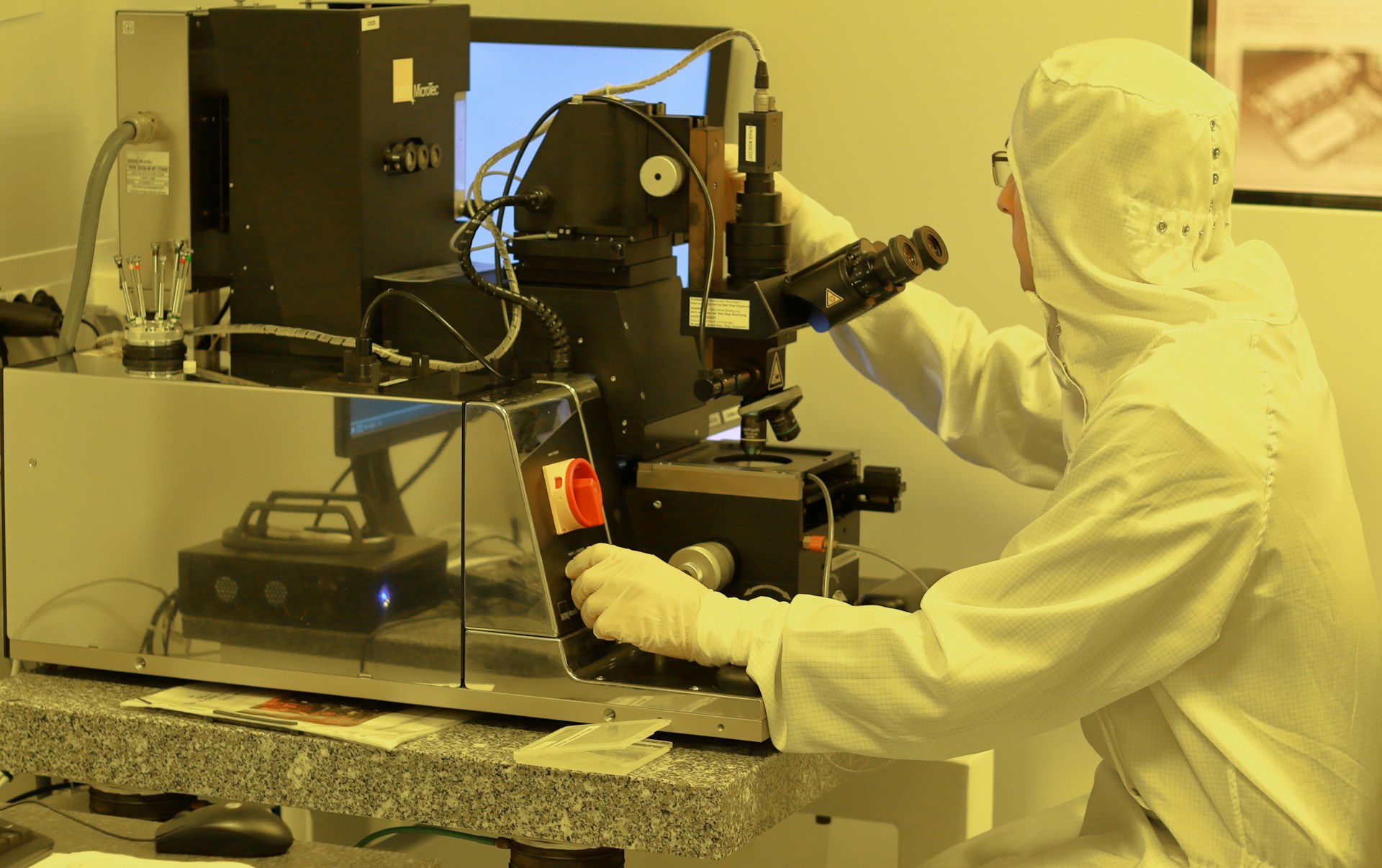The research team at Delft University of Technology (TU Delft) achieved the development of a 3D-printed model which duplicates brain extracellular conditions to advance neuron growth investigation. The study which appeared in Advanced Functional Materials (Referenced below) investigates the interaction between neurons and manufactured artificial features that duplicate brain tissue fibrous matrix structure.
Flamourakis, G., Dong, Q., Kromm, D., Teurlings, S., van Haren, J., Allertz, T., Smeenk, H., de Vrij, F. M. S., Tas, R. P., Smith, C. S., Brinks, D., & Accardo, A. (2025). Deciphering the Influence of Effective Shear Modulus on Neuronal Network Directionality and Growth Cones’ Morphology via Laser‐Assisted 3D‐Printed Nanostructured Arrays. Advanced Functional Materials, 35(5). https://doi.org/10.1002/adfm.202409451
Current cell culture techniques use flat petri dishes but these platforms neglect to duplicate the complex brain tissue environment. All cells display sensitivity toward mechanical elements alongside structural characteristics within their environment, as do neurons. The research group at TU Delft under Associate Professor Angelo Accardo developed nanopillar arrays to imitate brain tissue structures such as the soft neural tissue and brain extracellular matrix fibres that would guide neuronal growth properly.
The team implemented two-photon polymerization technology to produce pillars, so small that they are around 1000 x thinner than a human hair strand, and arranged like tiny forests on a surface. By changing the width and height (aspect ratio) of the pillars, the researchers tuned their effective shear modulus, a mechanical property sensed by cells when crawling on top of micro- or nano-structures’ arrays.
“This tricks the neurons into ‘thinking’ that they are in a soft, brain-like environment, even though the nanopillars’ material itself is stiff. While bending under the crawling of neurons, the nanopillars not only simulate the softness of brain tissue but also provide a 3D nanometric structure that neurons can grab onto, much like the extra-cellular matrix nano-fibres in real brain tissue,”
Stated Associate Professor Angelo Accardo.
The researchers tested their model by culturing three different types of neuronal cells, sourced from mouse brain tissue and human stem cells. Compared to traditional 2D cultures, where neurons extend in random directions, cells grown on the nanopillar arrays exhibited more structured growth, forming organized networks at specific angles.
Another key observation was the behaviour of growth cones—the structures at the tips of developing neurons that help them form new connections. On flat surfaces, these structures remained relatively spread out, while on the nanopillars, they extended longer, more defined projections, better mimicking real brain development.
“In addition, we found that the environment created by the nanopillars also seemed to encourage neurons to mature,”
highlights George Flamourakis, first author of the study. He went onto say:
“This shows that the system not only influences the direction of growth but also promotes neuronal maturation,”
Additionally, the team found that the nanopillar environment promoted neuronal maturation. Cells grown on the structured surfaces displayed higher levels of markers associated with mature neurons compared to those grown on conventional substrates.
The study of neurodevelopmental disorders together with neurodegenerative diseases including Alzheimer’s and Parkinson’s requires knowledge about neuron growth and connectivity development. The TU Delft model delivers a testing framework which allows scientists to evaluate these biological processes systematically. 3D-printed nanopillar arrays differ from soft biomaterials like collagen gels because they provide batch identical structures alongside a tissue-style environment.

Hassan graduated with a Master’s degree in Chemical Engineering from the University of Chester (UK). He currently works as a design engineering consultant for one of the largest engineering firms in the world along with being an associate member of the Institute of Chemical Engineers (IChemE).



